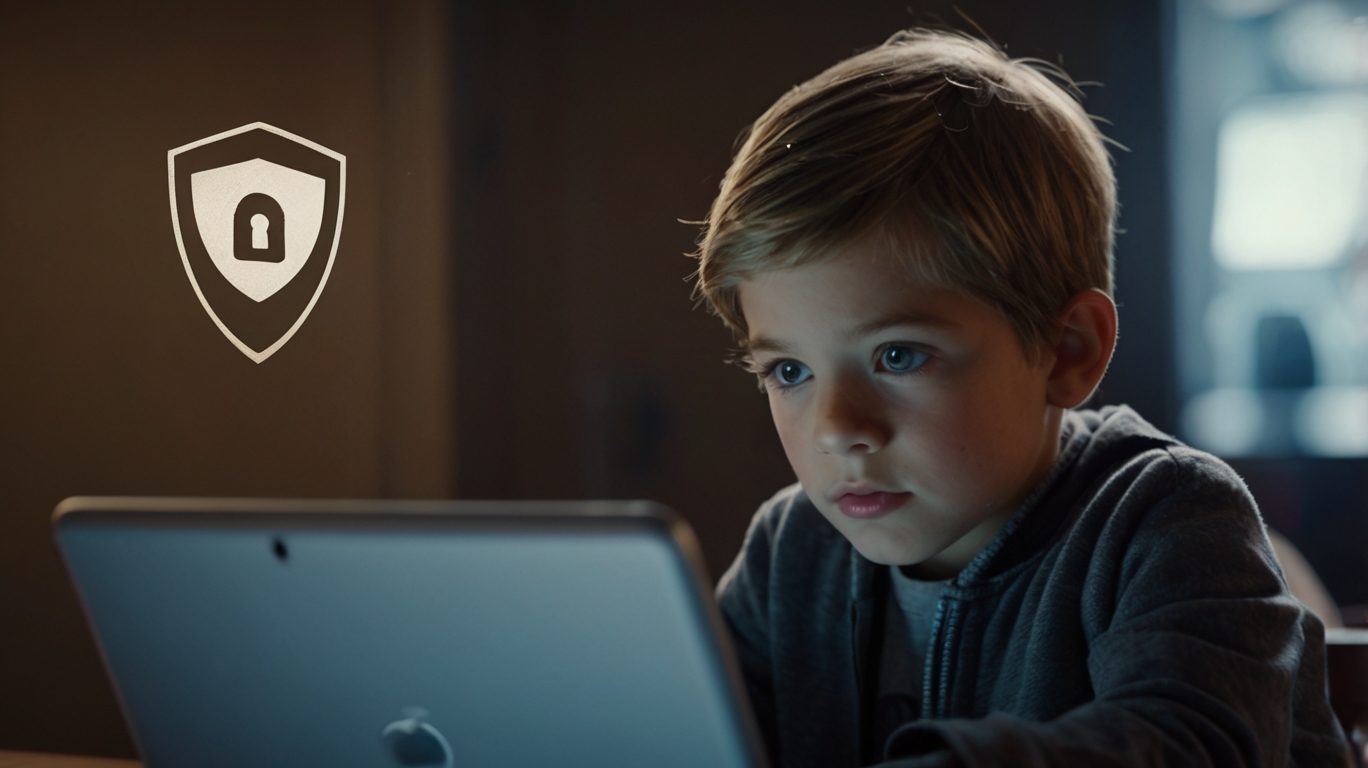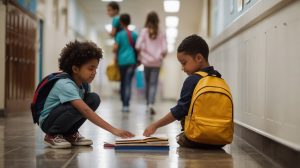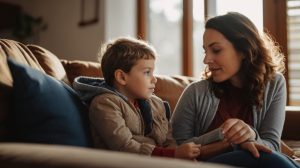Late last year, four 5th-grade girls in Arizona, just between 10 and 11 years old, were arrested for plotting to kill a classmate. They had gloves to hide fingerprints and even drafted a fake suicide note. A therapist reviewing the case said something chilling: “Kids don’t really come up with this on their own. They’re being exposed to more violence at a young age because of social media.”
That’s the wake-up call for all of us.
So how do we protect our children’s hearts and minds while still letting them enjoy the best parts of being digital natives?
Let’s talk about it.
The Problem: Childhood Is Changing, and Not Always for the Better
If you feel like your kids are growing up faster than you did, you’re right. By age 8, 25% of kids already have a smartphone, and by the teen years, 95% are online, nearly a third “almost constantly.”
And while screens can be educational, they’re also exposing kids to:
- Cyberbullying (1 in 3 kids experience it; victims are 37% more likely to be depressed).
- Disturbing content (the Arizona case proves kids are imitating what they see online).
- Online predators (66% of kids chat daily with strangers online).
- Screen addiction (clinics now treat kids for gaming and social media dependence).
- Social media comparison traps (especially harmful to teen girls, who face rising rates of anxiety, depression, and body image issues).
Pediatric neurologists warn that too much screen time, especially fast-paced, dopamine-triggering content, rewires kids’ brains for instant gratification over patience. And sleep? Forget it. Blue light delays melatonin, and late-night scrolling robs kids of deep, brain-restoring rest.
This isn’t being anti-tech. It’s recognising the need for balance, and stepping into our role as digital gatekeepers.
What Keeps Me Up at Night
I’ll be honest, when I first heard about those 5th-grade girls in Arizona, I couldn’t stop picturing my own child.
What if they saw the same videos? What if a game or influencer made violence look “normal”?
I realized that hoping my child would “just know better” isn’t enough. The internet isn’t the same one we grew up with, it’s faster, darker, and everywhere.
That’s when I started becoming a digital gatekeeper—not a jailer, not a spy, but a parent who talks, guides, and sets loving boundaries.
The Solution: How to Be a Digital Gatekeeper (Without Losing Your Mind)
You don’t need to ban all screens (and let’s be real, that won’t last anyway). You need to be intentional. This is what experts recommend, and what’s worked in my own home:
1. Create a Family Media Plan
- Set screen-free zones (no phones at dinner, no devices in bedrooms overnight).
- Decide on daily limits (pediatricians recommend 1–2 hours for school-age kids).
- Involve your kids, explain why you’re setting rules so they feel part of the plan.
2. Talk. A Lot.
- Have regular “tech check-ins.” Ask: “What’s the funniest TikTok you saw today? What’s the meanest thing you’ve seen someone post?”
- Make it safe for them to share. Promise not to overreact if they admit seeing something disturbing.
3. Co-View and Co-Play
- Watch YouTube videos or play games with them when you can.
- Use those moments to teach media literacy: “How do you think that person feels after being pranked?”
4. Use Parental Controls, but Don’t Rely Only on Them
- Tools like Google Family Link or Apple Screen Time help, but kids need to learn why limits exist, not just follow rules blindly.
5. Teach Critical Thinking
- Show them how to spot fake news, edited photos, and scams.
- Talk about why comparing themselves to Instagram influencers is unrealistic.
6. Protect Sleep and Mental Health
- Charge devices in a common space at night.
- Model good behavior. Yes, that means putting down your phone, too.
The Hope: Raising Digitally Resilient Kids
The internet isn’t going away, and it’s not all bad. Kids can learn, connect, and even create amazing things online.
However, they need us. Not just as rule-makers, but as guides.
When we consistently talk, set healthy limits, and stay curious about their digital world, we’re doing more than protecting them, we’re teaching them how to protect themselves.
And maybe, just maybe, we’ll help prevent another Arizona tragedy.





